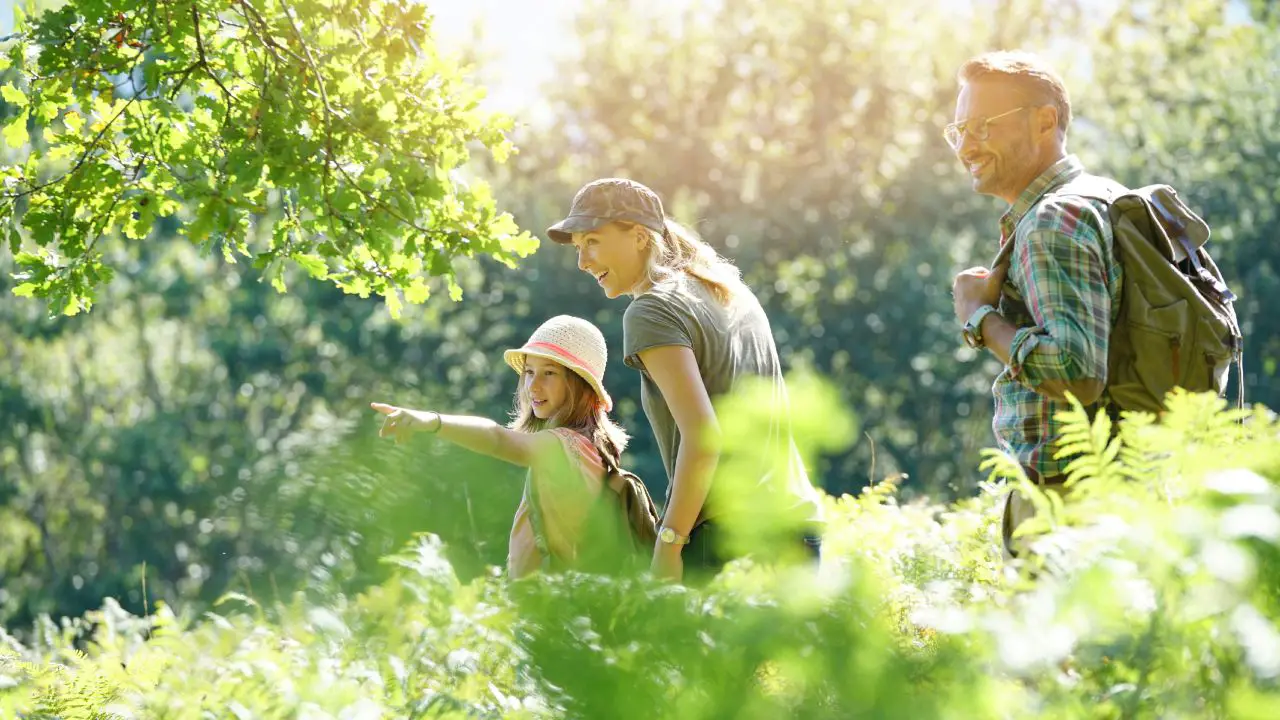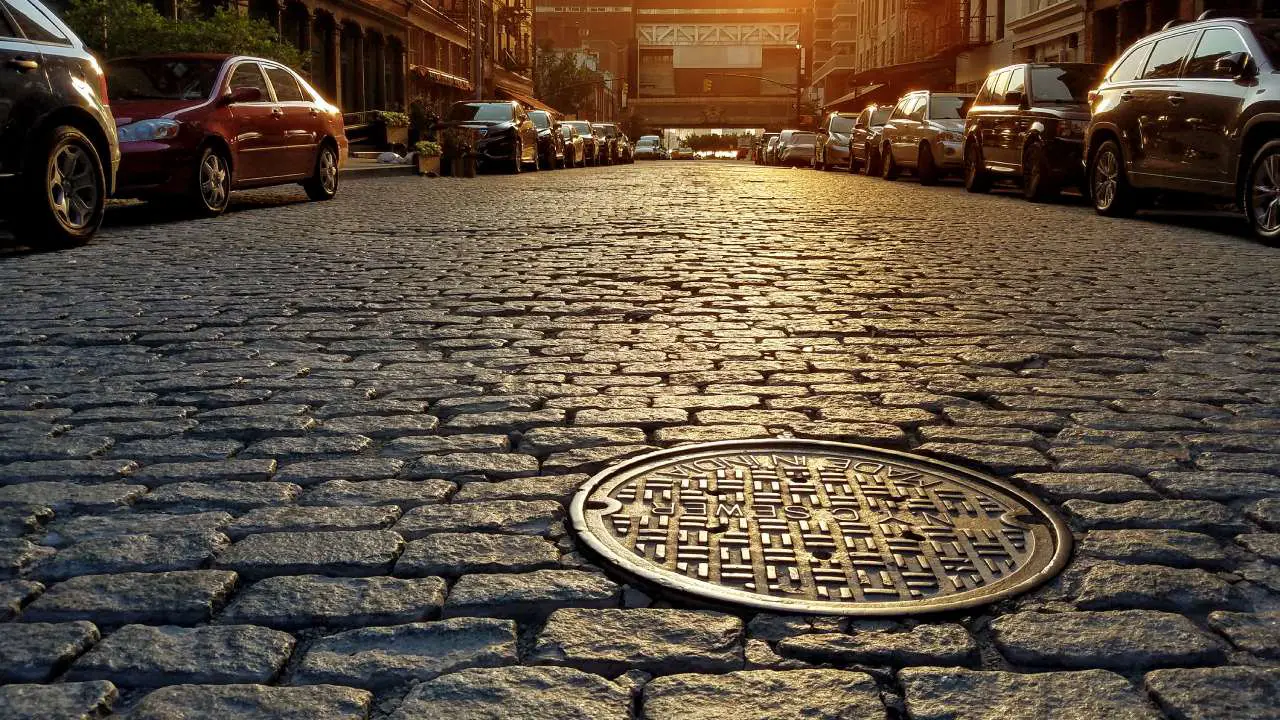Planning an outdoor adventure with kids requires thorough preparation and a keen understanding of their needs. Whether hiking through lush forests or embarking on a camping trip in the mountains, attention to detail can transform a day in nature into a safe and enjoyable family experience. Here’s a structured approach to making your next outdoor […]
Month: September 2024
What Are the Various Types of Manhole Covers
Manhole covers are essential components of urban infrastructure, often overlooked but critical for maintaining city safety and sanitation. By providing access to underground utilities and protecting pedestrians from falling into open manholes, they play a vital role in our day-to-day lives. This article will explore different types of manhole covers, their unique features, and how […]
Disaster Ready: How Emergency Response Teams Should Prepare
In times of crisis, the only thing more valuable than immediate action is preparedness. While most people can afford to take a reactive approach, emergency response teams must be ready to leap into action at a moment’s notice, armed with the skills, plans, and tools to handle whatever comes their way. For those who need […]
4 Common Causes of Wildfires and How To Prevent Them
Love the great outdoors? Then do your best to protect it from wildfires. Wildfires have steadily increased over the last few decades, and the subsequent costs of cleanup and restoration have only increased. Understanding how wildfires start and knowing how to prevent them can help you enjoy nature responsibly and safely while protecting the outdoors […]





